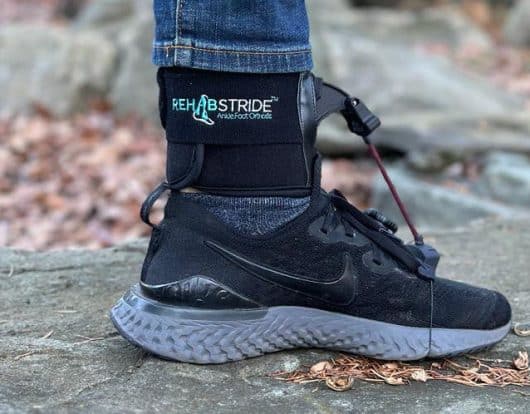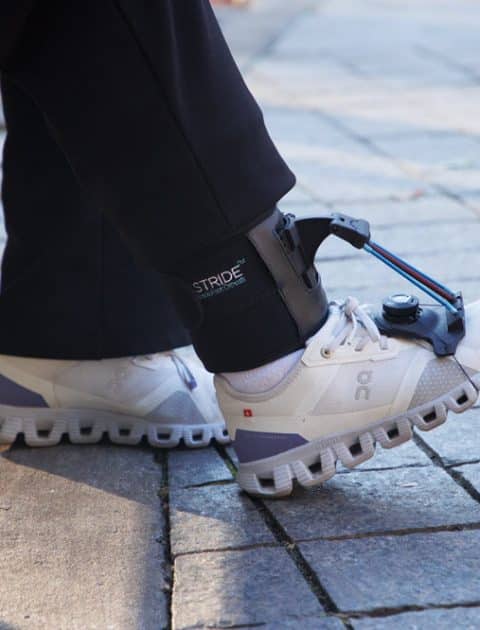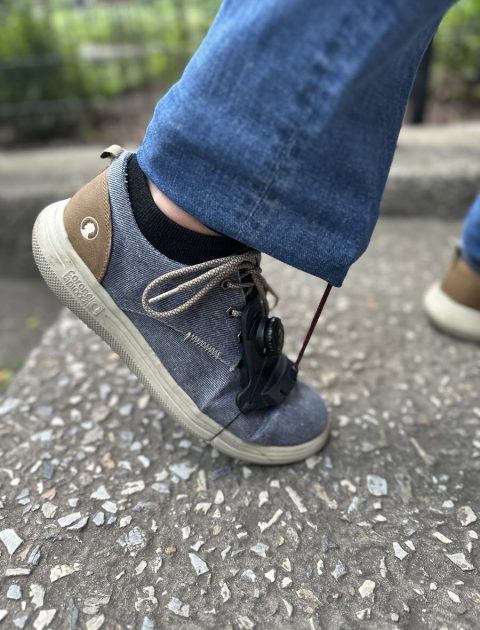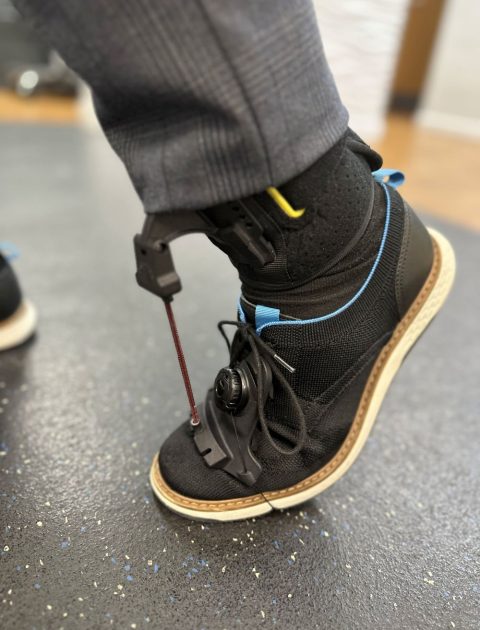
Enhancing Mobility with Dorsiflexion Assist in RehabStride™ AFO Brace
For individuals experiencing foot drop due to neurological conditions, muscle weakness, or nerve damage, finding the right support device is essential. An AFO brace (ankle-foot orthosis) plays a crucial role in restoring mobility and independence. One of the key features that differentiate modern foot drop orthotics is dorsiflexion assist, which helps lift the foot during walking, improving gait mechanics and reducing fall risks. The RehabStride™ AFO foot drop brace integrates advanced dorsiflexion assist technology to provide optimal support while addressing common concerns associated with traditional braces.

Understanding Dorsiflexion and Its Importance
Dorsiflexion refers to the upward movement of the foot at the ankle joint. This movement is essential for walking, as it prevents the toes from dragging on the ground. Individuals with foot drop lack control over dorsiflexion, leading to compensatory walking patterns such as hip hiking or excessive knee lifting to clear the foot during each step. Over time, these adaptations can cause discomfort, muscle strain, and an increased risk of falls.
Insights from Clinical Research on Dorsiflexion Assist
A study published in PubMed examined the effectiveness of Dorsiflexion Assist Controlled by Spring Ankle-Foot Orthoses (DACS-AFO) in hemiplegic patients. While the DACS-AFO demonstrated good biomechanical characteristics, patients did not find it significantly more beneficial than their standard AFO brace. Some users noted improvements in walking on sloped surfaces, but factors such as weight, noise, and appearance affected overall satisfaction.
These findings highlight a critical challenge in drop foot brace development—balancing biomechanical effectiveness with user comfort and usability. This is where the RehabStride™ AFO brace excels, offering an improved design that prioritizes both functionality and wearability.
How the RehabStride™ AFO Brace Enhances Mobility
Unlike static AFO braces that merely support the foot in a fixed position, the RehabStride™ AFO foot drop brace integrates dorsiflexion assist regulation, allowing dynamic movement while providing necessary stability. Here’s how RehabStride™ outperforms traditional designs:
1. Adjustable Tension for Personalized Support
Traditional foot drop orthotics often lack adjustability, forcing users into a rigid brace that may not accommodate daily variations in mobility. The RehabStride™ AFO features an adjustable tension-assisted dorsiflexion mechanism, allowing users to modify the support level based on their needs. Whether engaging in high-activity tasks or requiring minimal support while at rest, this feature ensures personalized comfort and effectiveness.
2. Lightweight and Ergonomic Design
One of the major drawbacks of traditional dorsiflexion-assist braces, as noted in the PubMed study, was weight and bulkiness. The RehabStride™ AFO brace is constructed using lightweight, durable materials that minimize strain while ensuring long-term wearability. This significantly enhances user compliance, as individuals are more likely to use a brace that feels natural and unobtrusive.
3. Seamless Integration with Footwear
Unlike older designs that required special shoes, the RehabStride™ AFO foot drop brace offers universal footwear compatibility. Users can wear it with their regular sneakers, casual shoes, or work footwear without discomfort. This eliminates the hassle of finding specialized footwear, making the brace more practical for everyday use.
4. Enhanced Gait Mechanics and Reduced Fatigue
By actively assisting dorsiflexion, the RehabStride™ AFO brace prevents excessive knee flexion and hip hiking, which are common compensatory movements in individuals with foot drop. This reduces fatigue and strain, allowing users to walk longer distances with greater ease. The result is a more natural, energy-efficient gait pattern.
5. Improved Stability and Fall Prevention
Foot drop increases the risk of tripping, especially on uneven terrain. The RehabStride™ AFO brace provides the necessary lift to clear obstacles safely, significantly lowering the likelihood of falls. Users can move with greater confidence, whether walking on stairs, ramps, or busy sidewalks.
Real-World Benefits: User Experience with RehabStride™ AFO
Many individuals who have transitioned from traditional foot drop orthotics to the RehabStride™ AFO brace report significant improvements in their mobility and quality of life. Maria, a long-time foot drop patient, shares her experience:
“I struggled with bulky AFO braces for years, and they always felt uncomfortable and restrictive. RehabStride™ changed everything. It’s lightweight, fits easily into my everyday shoes, and the adjustable tension system makes a noticeable difference in my gait. I can walk with confidence again.”
Stories like Maria’s highlight the importance of an AFO foot drop brace that prioritizes comfort, adjustability, and real-world usability over rigid, outdated designs.
Why RehabStride™ AFO Is a Superior Choice






Dynamic dorsiflexion assist for improved foot clearance
Adjustable tension for customized support
Lightweight, ergonomic materials for enhanced comfort
Compatible with most footwear, eliminating the need for special shoes
Promotes natural gait patterns, reducing compensatory strain and fatigue
Final Thoughts
For individuals seeking a drop foot brace that balances biomechanical function with user comfort, the RehabStride™ AFO brace stands out as an ideal solution. By integrating dorsiflexion assist regulation, this innovative device supports natural movement, enhances walking efficiency, and restores independence for those with foot drop.
If you’re looking for an AFO brace that delivers real-world benefits and long-term comfort, the RehabStride™ AFO foot drop brace is a step in the right direction.
